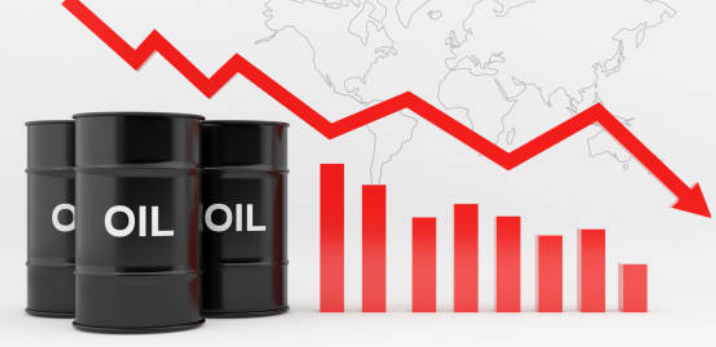
Aria Thomas
Apr 20, 2022 09:37

Carbon capture is a critical technique for reducing emissions, according to the International Energy Agency (IEA). It entails capturing CO2 from fossil fuel burning or industrial activities, transferring it by ship or pipeline, and storing it underground in geological formations or using it as a resource to generate goods.
Large oil corporations have invested heavily in making carbon capture and storage (CCS) a viable business, since international organizations such as the Intergovernmental Panel on Climate Change (IPCC) see the technology as critical for mitigating the impacts of global warming.
Exxon is under pressure from the public to lower its overall emissions since their energy transition plan excludes renewable energy sources such as solar and wind. It just recruited Dan Ammann, who formerly oversaw General Motors Co's (NYSE:GM) Cruise self-driving unit, to oversee its Low Carbon division beginning May 1.
Occidental Petroleum (NYSE:OXY), which is creating the world's biggest carbon capture and storage project, recently claimed that CCS could become a $3-5 trillion worldwide business. Occidental's Chief Executive Vicki Hollub said at a March conference that the technology may create as much revenue and cash flow as oil and gas does now.


Apr 20, 2022 09:41